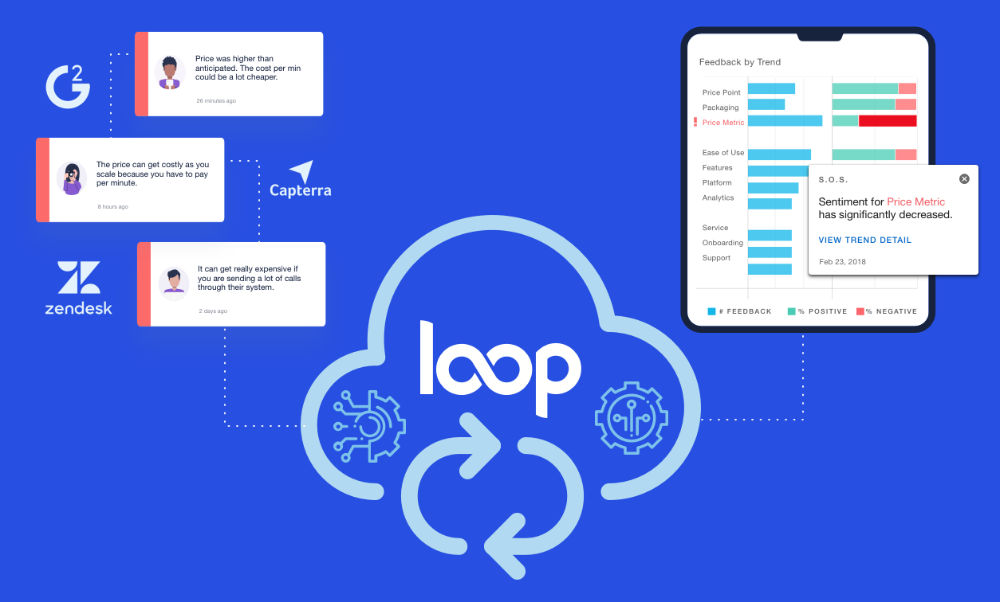Home » Steps CX Leaders Can Take Now to Centralize Teams Around the Customer
Steps CX Leaders Can Take Now to Centralize Teams Around the Customer
Madeline Turner

At this point, organizations everywhere understand that their only option for survival in the short and long term is dependent on how they evolve to support their people. The individuals that make up our companies and our customers are our lifeline. Ensuring that everyone has the support and resources they need to successfully evolve in the midst of change is critical.
To understand what that support looks like, companies must ask questions and listen deeply.
Karen Mangia, Vice President, Customer & Market Insights at Salesforce, partnered with TribeCX put together a #DoNow resource to help companies navigate these conversations with customers.
Is your team ready to connect more deeply with your customers? Karen recommends starting with these three questions:
- How can we help you reprioritize?
- How can we help you care for your employees?
- How can we help you keep up with and stay connected with your own customers?
The answers to these questions will guide your organization’s strategic opportunities. Understanding what your customers need most, and the role that each team across your organization plays in delivering on that need, is your path forward.
A crisis reminds us all to be grateful for and to engage our customers in authentic ways. And to put the customer at the center of the decisions we make. Great CX leaders and teams will partner with their executives and customer facing teams to help them get closer to customers by asking great questions and getting deeply curious about the answers. The long term implications of this crisis are that companies who get closer to their customers and change for and with their customers during this time will be the companies that emerge as market leaders going forward. – Karen Mangia, Vice President, Customer & Market Insights at Salesforce
In addition to asking the right questions, your team has to make changes to what you prioritize and how you operate.
This means taking a time out on metrics. Listening more than speaking. Breaking down silos to work cross-functionally. Empowering individuals to make decisions quickly. And shifting resources from sales and marketing to the customer.
In this new “normal”, we have to operate with a different set of governance and feedback loops. CX is key, and everyone across the organization has to understand their role and their purpose to the customer experience.
1. Make supporting customers everyone’s responsibility
But this has to be mandated by leadership in order for it to truly shift your culture.
Nicolette Wuring and Lain Shorthose of TribeCX recommend that leadership starts by safeguarding its people. Do this by ensuring your internal teams know that you are there for them, every day. Make sure that you’re focusing on connecting with your people so that this focus on connection cascades down to how your frontline people connect with customers.
This has to be operationalized and focused on daily. Cross-functional teams and leaders have to be brought together daily. Your teams need to hear progress that’s being made for customers, and see that the promises made externally to customers match the internal processes and priorities that are being put in place.
2. Use Voice of Customer insights to drive your strategy
Rather than focusing heavily on the metrics that mattered to us before this crisis, leaders should be shifting focus to the pain points that are spiking in the customer journey. These customer insights must drive our strategy and messaging.
Jack Scheible recommends that organizations ask themselves: What is it that this crisis is doing to the experience on the customer side?
Answering this question has to be driving by active listening and connections with our customers. Traditional methods of gaining customer insights, like surveys, aren’t enough. This means bringing together cross-functional teams to understand what customers are saying, and how their pain points and goals should influence roadmap strategies.
3. Treat your frontline people as your first responders for customers
It’s time to double down on customer support and service resources. The individuals that are on the frontline talking to customers every day are doing critical, organization-saving work.
Customers crave connection. They want to be heard. They want help. And they feel a sense of urgency about accessing the thought leaders and thought leadership that helps them stabilize, discover the next normal and return to growth. Frontline people who make listening to customers their first response will be a lifeline to their customers. And will be best positioned to bring the right resources together at the right time to help their customers. – Karen Mangia, Vice President, Customer & Market Insights at Salesforce
4. Define innovation before deciding on the tactics
This crisis will be a catalyst for change and innovation. But CX leaders have to define what this really means to get from point A to point B. True innovation is more than tactics. Before you decide that you want to make a change, understand who you’re doing it and who you’re doing it for.
Diane Magers encourages CX leaders to first understand what it is that they are trying to do differently and why, and then create the plan. Once you’ve defined it, then you can focus on who you need to be involved and the steps that it will take to get there.
Build around the customer.
This is every organization’s opportunity to shift to Customer-Led Growth. Use this time to re-imagine how your organization functions and what drives strategy.
We’ll likely never go back to the way things were before this crisis, so organizations have to embrace the changes that are going to position them for short and long term success.
Keep the customer central to what you do and how you do it. Empower your people to build connections and prioritize authenticity. This is what matters most and what will set companies apart. Create value, not noise. And focus your energy where it matters most — your people.




